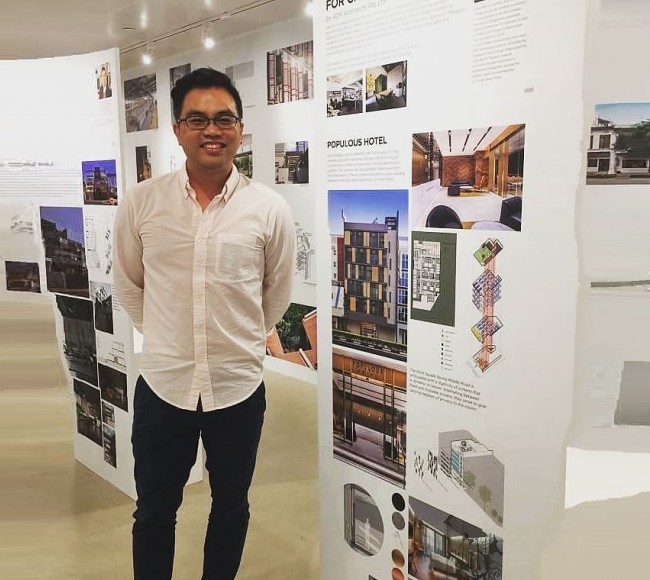
It might sound prestigious but being a Singapore architect is not always a walk in a park.
We spoke to Casey Chua to find out more about this profession.
I was always interested in art as a child. I entered many competitions as an inspiring young artist. In high school, I was in the Art Elective Program (AEP). The program exposed me to various disciplines in art, including sketching, painting, ceramics and design. Design was the subject that I was most inclined to – leading me eventually to pursue architecture in university.
During the course of my university education, I realized that architecture require a good balance of aesthetics and function. I enjoyed the fact that architecture was catered for the people – an important and practical role in society. This was probably what made me decide to pursue architecture as a career.
The main difference would be studying architecture was putting ideas on paper, and practicing architecture was putting these ideas to reality! In university, we could dream up buildings and create virtual structures. Our ideas could be very creative and experimental. When I started working, it was a big eye-opener and learning curve because the practical and functional aspects of architecture had to be given the priority.
Some practical considerations include:
How would the site conditions affect our architecture? These conditions would include the orientation, context and terrain of the site.
What is the intended occupant or user of our building?
What is the budget of the Client and how would it affect the design aspects of the building?
How would the building be built to allow it to be completed on schedule?
I realized that practicing architecture in the real world involved site conditions, client requirements, cost considerations and practical needs of the occupant. These important factors were definitely more realistic as we practiced architecture than when we were studying architecture.
The best part would be the power to create buildings that would be used by the people. These buildings are built structures that are permanent in nature. Therefore, there is a responsibility as a professional architect to design a building that would be well-suited and purposefully-designed for the intended user.
The worse part will have to be the long hours involved in our profession as an architect. The nature of the work is such that design is always evolving and developing and it required a certain of experience and skill to arrive at a good solution for a project.
I believe the key difference between a good architect and an excellent one is how the architect creates the built environment to suit the intended user. Because the purpose of architecture is for our community- an architect will always have to think about the intended use of the building that he or she creates.
At ADX Architects, our mission is to create architecture for the people. At the same time, we also believe design can be a catalyst for change.
As a practicing architect for more than 15 years, I believe that excellent architecture can create a change in the way we live, work and play – a change that would be practical, purposeful and progressive.
I have mentioned the purpose of architecture was to cater for the community. It is important that an architect reflects on this responsibility. During the COVID pandemic, it seems architects have been placed in the spotlight – as agents of sustainability and climate change. Obviously, this is because architects, together with urban designers and town planners, have a huge hand in developing the cities we live in.
As an architect, we have great power and responsibility in how the buildings are designed. This in turn can contribute to the environment at large. In Singapore, we are nudged towards creating green buildings. These will have a broader impact on the environment. There are various strategies for this – including using design strategies, sustainable products, solar panels, and energy efficient building practices and technology.